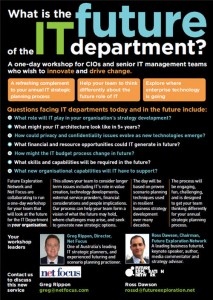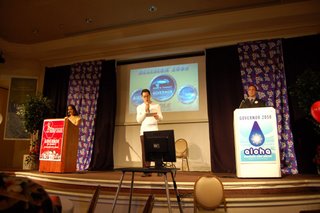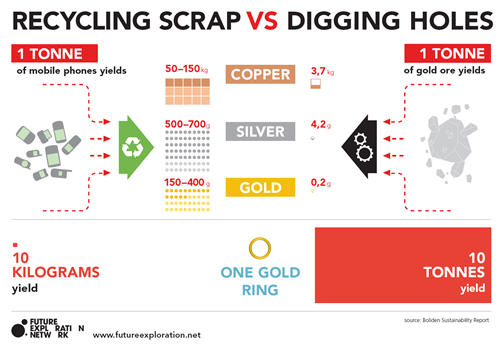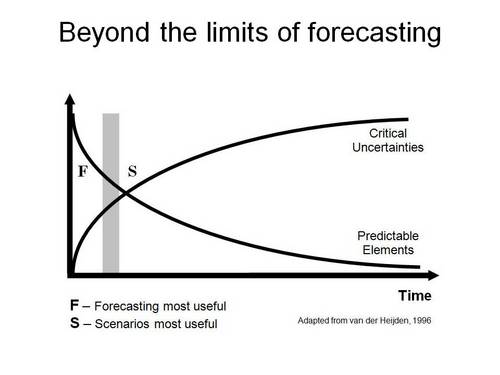Animated excursions into the future: the extraordinary implications of utility fog
I caught up with fellow futurist Kristin Alford last week, yet another first time face-to-face meeting after a long time interacting online. It seems most of the people I meet these days are people I know from Twitter.
Kristin pointed me to some of what her company Bridge8 is doing in creating animated videos about the future. I believe the primary intended audience is secondary school students, but they are excellent videos, well-paced, well-thought-out, educational, all in all very nicely done.
Here is their video on the implications of Utility Fog, starting with a segment on how to think about the future, introducing the idea of utility fog, and running through some of the possible implications. It’s a great study in futures thinking, and well worth watching.




